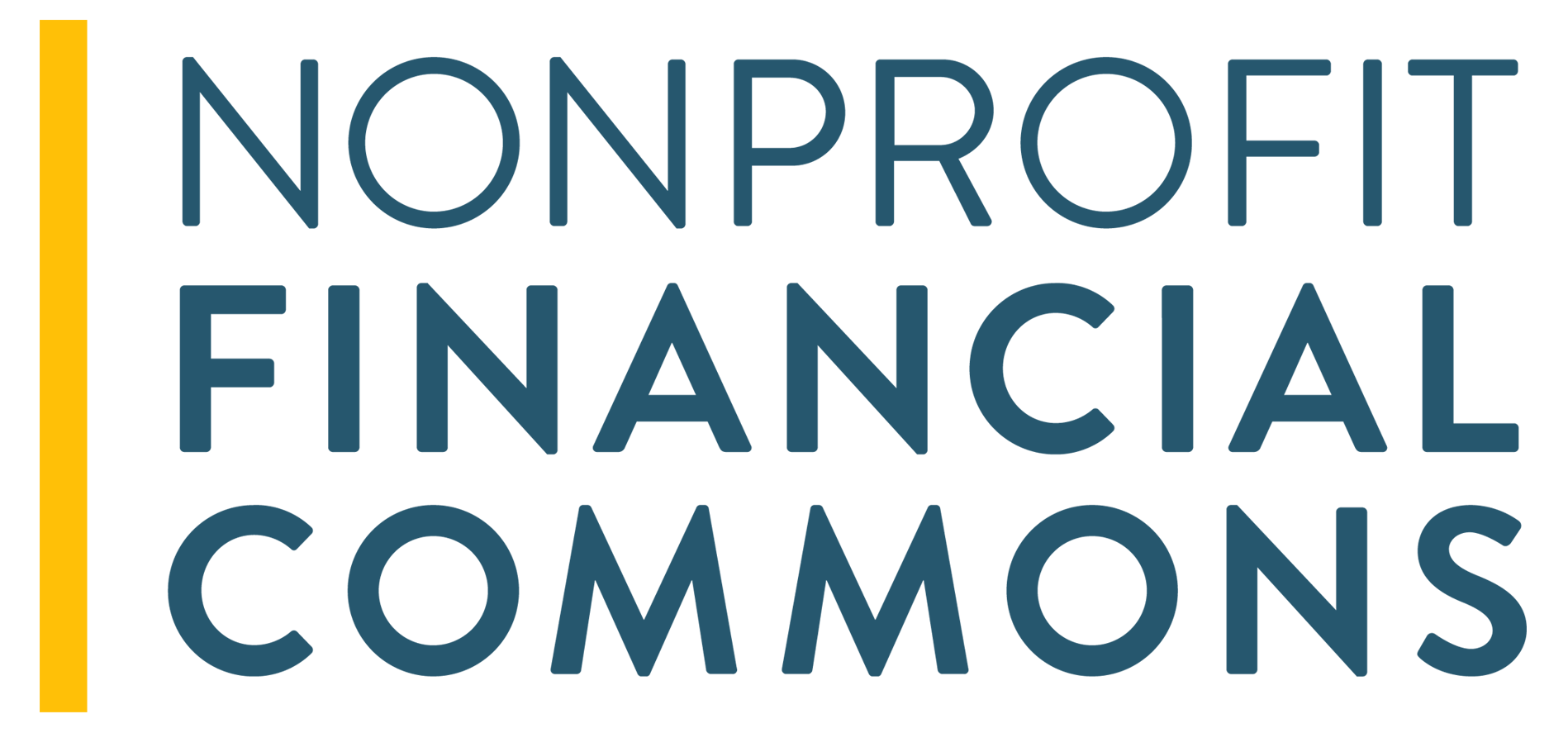3-Level Framework for Financial Risk – Webinar Recording and Resources List

Assessing Your Financial Risk in 2025: A 3-Level Framework
Video:
Accompanying Slides: Download here.
Transcript: In progress.
Insights
How Reliant Are Nonprofits on Government Grants?
Just how many nonprofits receive government grants? And how big a role do government grants play in the nonprofit sector? Visit the article.
A Three-Dimensional Approach to Revenue Planning
As nonprofits reimagine their budgets, boards and staff should consider a balance between diversity, flexibility, and reliability. Read the article.
Faced with the Need to Downsize or Self-Censor
Many nonprofits are being faced with a set of challenges right now that include both forced downsizing and/or knuckling under to policing tactics that seek to separate our theories from our practice. These latter are often connected to threats of defunding. Nonprofits, then, will have to choose between things core to the quality and substance of their work.
There are two basic management concepts that can be used to separate your organization’s must-haves from the rest of what’s needed to deliver on our missions. Jim Collins’s notion that all enduring enterprises must “preserve the core while stimulating progress” is linked to C.K. Prahalad’s proposition that an organization that excels knows, build on, and protects what makes it distinctive and not easy to replicate.
In his somewhat-dense article, Prahalad says there are plenty of necessary functions that flow into what you do that you yourself may not have to do. These may be good candidates for outsourcing or partnerships. In our experience, using these two notions may help you to slim down your operation without eroding its unique identity and mission.
- “Preserve the Core/Stimulate Progress,” excerpted from Built to Last by Jim Collins and Jerry Porras. Read the excerpt here.
- “The Core Competence of the Corporation,” by C.K. Prahalad and Gary Hamel, published by the Harvard Business Review in 1990. Read the article here.
Suggested Uses
- Start by using a yin-yang symbol (as seen in “Preserve the Core”) to map out what is sacred to us and should not be negotiated and what is not sacred and can be negotiated. In doing so, consider the core stated values and theories behind the work — the gestalt.
- Really drill down into what your organization’s core competence is — that unique value you provide that is difficult for anyone else to emulate and that makes you distinct. This may give you a collective understanding about what can be better done by other partners or eliminated altogether.
- Use the matrix contained in this article to look at the mission and revenue impacts of each line of “business.”
Finally…
Choosing censorship comes at a deep, long-term cost.
When considering self-censorship, you may wish to look at #2 on Donella Meadows’s list of the 12 most effective places to intervene in a system. That place is described as “the mindset or paradigm out of which the system — its goals, structure, rules, delays, parameters — arises.”
- “Leverage Points: Places to Intervene in a System,” by Donella H. Meadows, published by the Sustainability Institute in 1999. Read the whole article here.
Tools
In the slides for the webinar, we call out elements of the StrongNonprofits toolkit as useful in this area; in particular, the Cash Flow Projections template and the Revenue Analysis worksheet.

